ABOUT US
forest Design & Planting Service
Forest Design & Planting Service focuses on creating, restoring, and managing forested landscapes to support biodiversity, sustainability, and community needs. It enhances biodiversity, supports carbon storage, protects soil and water, and adds ecological, economic, and aesthetic value.
Sustainable forest creation that supports nature and adds lasting value.
Read MoreWelcome To Our Aurora Timbers
Everyone knows that as a forest grows, trees absorb and store carbon. But as trees age they become susceptible to natural disturbances such as fire, pest outbreaks and disease that can release CO2 and other GHGs back into the atmosphere. Though these disturbances are normal in the forest, they are becoming more frequent and severe as a result of climate change, turning our forests from climate change assets into liabilities.[10][11] That’s where sustainable forest management comes in. When we manage our forests through carefully planned harvesting and replanting, we remove the decay and debris that can accelerate these natural disturbances and, because younger trees absorb carbon faster than mature ones, strengthen our forests capacity to store carbon for another generation.
And this need has never been greater. Natural Resources Canada has said that the rate of projected climate change is expected to be 10 to 100 times faster than the ability of trees to migrate naturally.[12] By regenerating our forests with trees that are better adapted to warming temperatures and changing climate conditions, we’re working with nature to help our forests adapt to a changing climate and strengthen this critical carbon sink.
Discover how we sustainably manage forests.

Nature-Based Solutions
What are nature-based solutions? These are actions to protect, sustainably manage, and restore natural or modified ecosystems in a way that balances human well-being with biodiversity benefits and climate action.[36] Building tall with wood is a perfect example. As a natural, sustainably-sourced, and renewable building material — one that not only stores carbon but can reduce pollution during construction and requires less energy to heat and cool long-term — mass-timber construction can help us build more sustainable communities, creating the kind of carbon storage we need in the communities where we live while addressing issues like housing supply in urban centres.
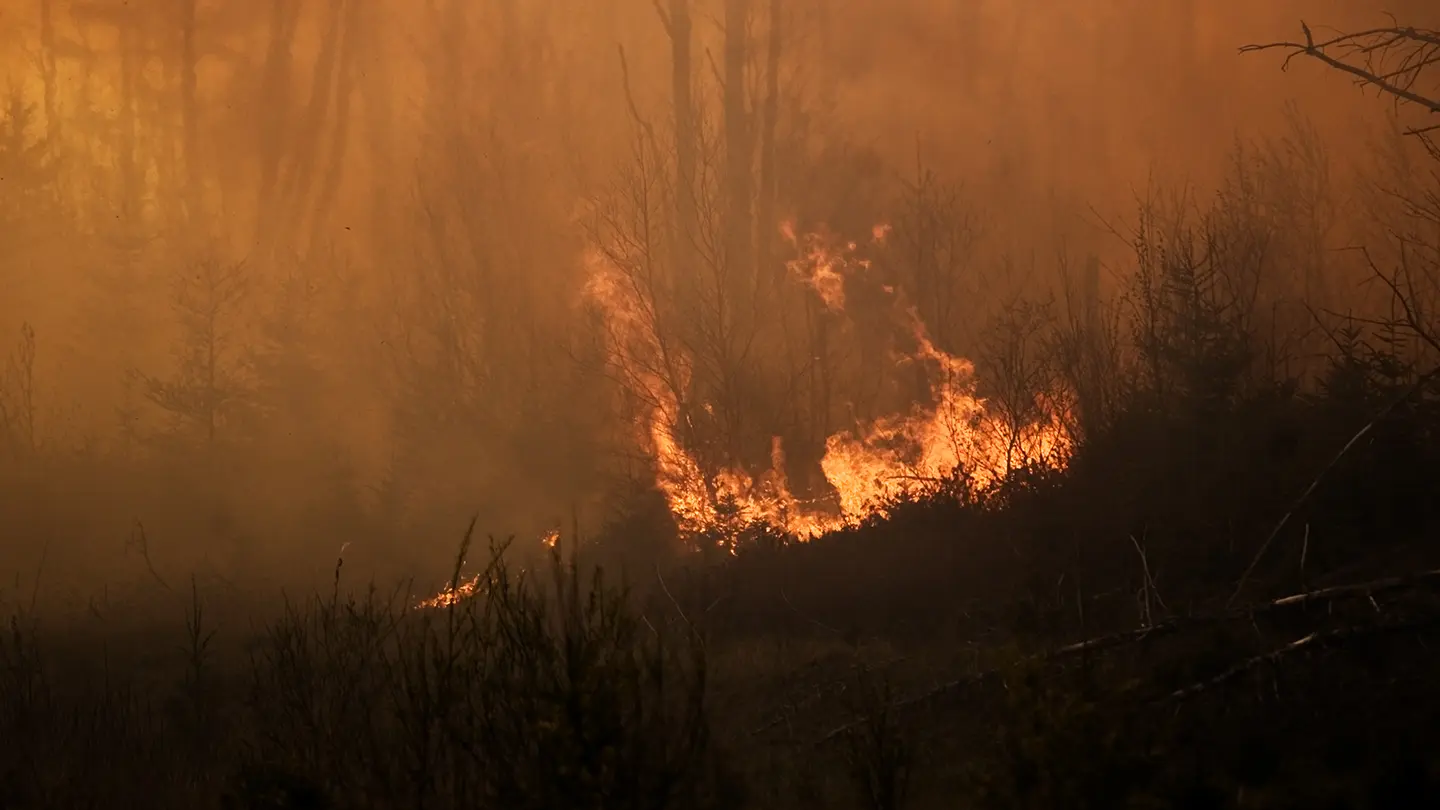
Wildfires
Though wildfires are part of a forest’s natural lifecycle, they are becoming more frequent and severe as a result of climate change.[11] And with the projected rate of climate change expected to grow 10 to 100 times faster than the ability of our forests to migrate naturally, we need to be working with nature to help them adapt to these changing climate conditions.[12] Using the latest science, researchers are finding new ways to minimize the impacts of these disturbances. Modern methods of harvesting are intended to mimic natural growth cycles to minimize the impact of human intervention while mitigating the severity of climate change and new forest management strategies are regenerating harvested areas with trees that are better adapted to future climate conditions.[23][24] Active forest management, in the form of tree thinning and carefully-planned harvesting, not only removes the decay and debris that can accelerate these disturbances but, through innovations in our sector, can turn that debris into the bioenergy that helps forestry communities reduce their reliance on fossil fuels[14]. And the active monitoring and adjusting harvesting schedules to favour older, insect-damaged stands can help us not only avoid catastrophic wildfires, but regenerate these high-risk trees with healthier, younger forests.

Bioenergy
As climate change and global warming become more urgent, Canada’s forest sector is exploring new ways to deliver the secure, affordable, and sustainable energy that will help decarbonize our economy and reduce our country’s reliance on fossil fuels. By converting wood chips, sawdust, and bark — materials that might otherwise be considered “waste” — into the bioenergy, our sector has created a renewable, low-carbon energy source to power our operations and reduce emissions.[14] That same technology has the potential to not only help Canada’s remote communities reduce their reliance on fossil fuels, but to help other sectors of the economy decarbonize and our country as a whole reduce its carbon footprint.[25]
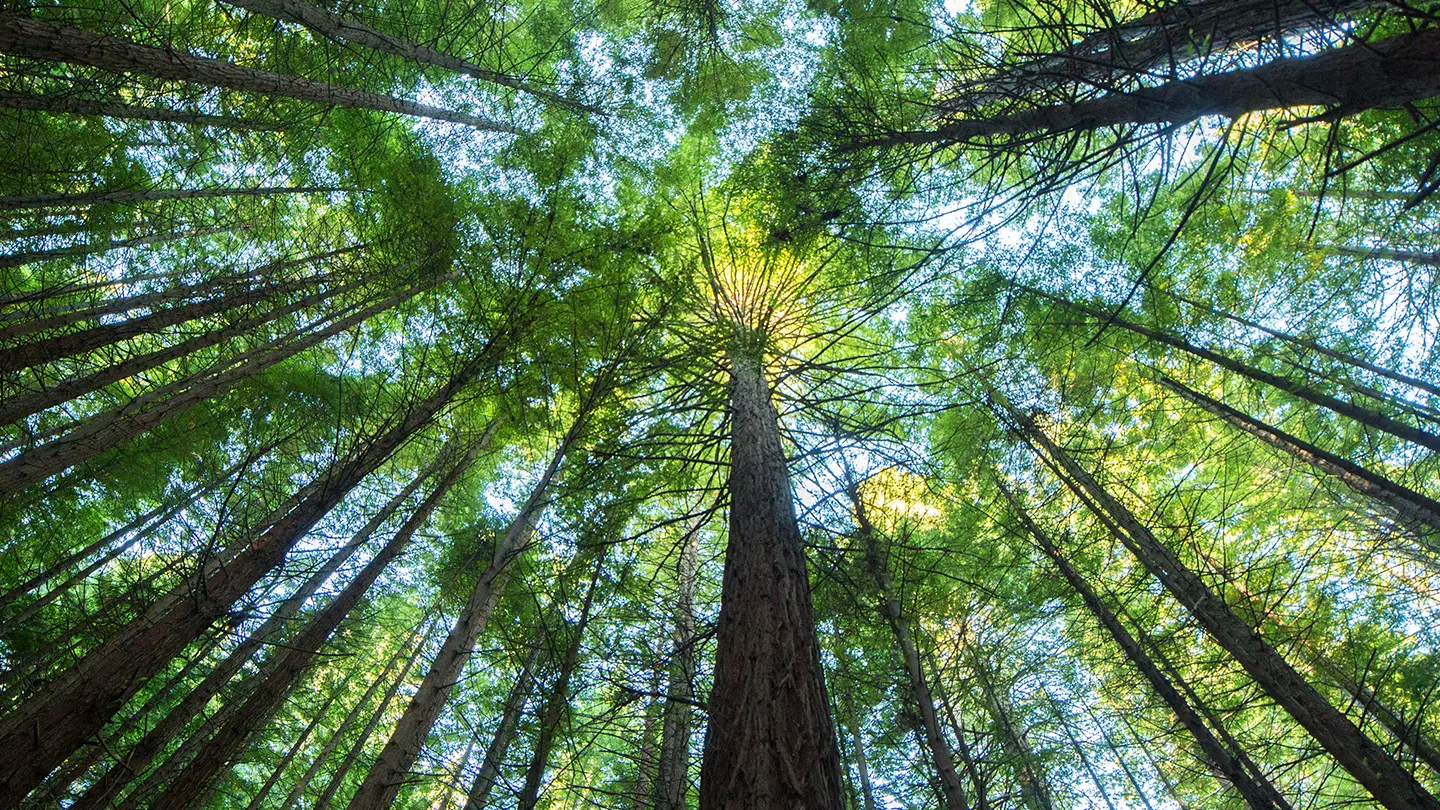
Certifications
Canada leads the world in forest certification, managing 36% of the world’s certified forests, more than twice the area certified in any other country.[3][4] These certifications ensure that forest management planning and practices in Canada are certified against a recognized sustainable forest management standard, adding an additional level of assurance of responsible forest practices from a country with some of the strictest provincial and federal regulatory frameworks.[2] In addition to maintaining sustainable harvesting levels, these voluntary standards include commitments to reforestation, promoting wildlife habitats, maintaining biodiversity and ensuring water & soil protection, so Canadians can have an added level of confidence that we’re doing our part to keep our forests as forests forever.[1]
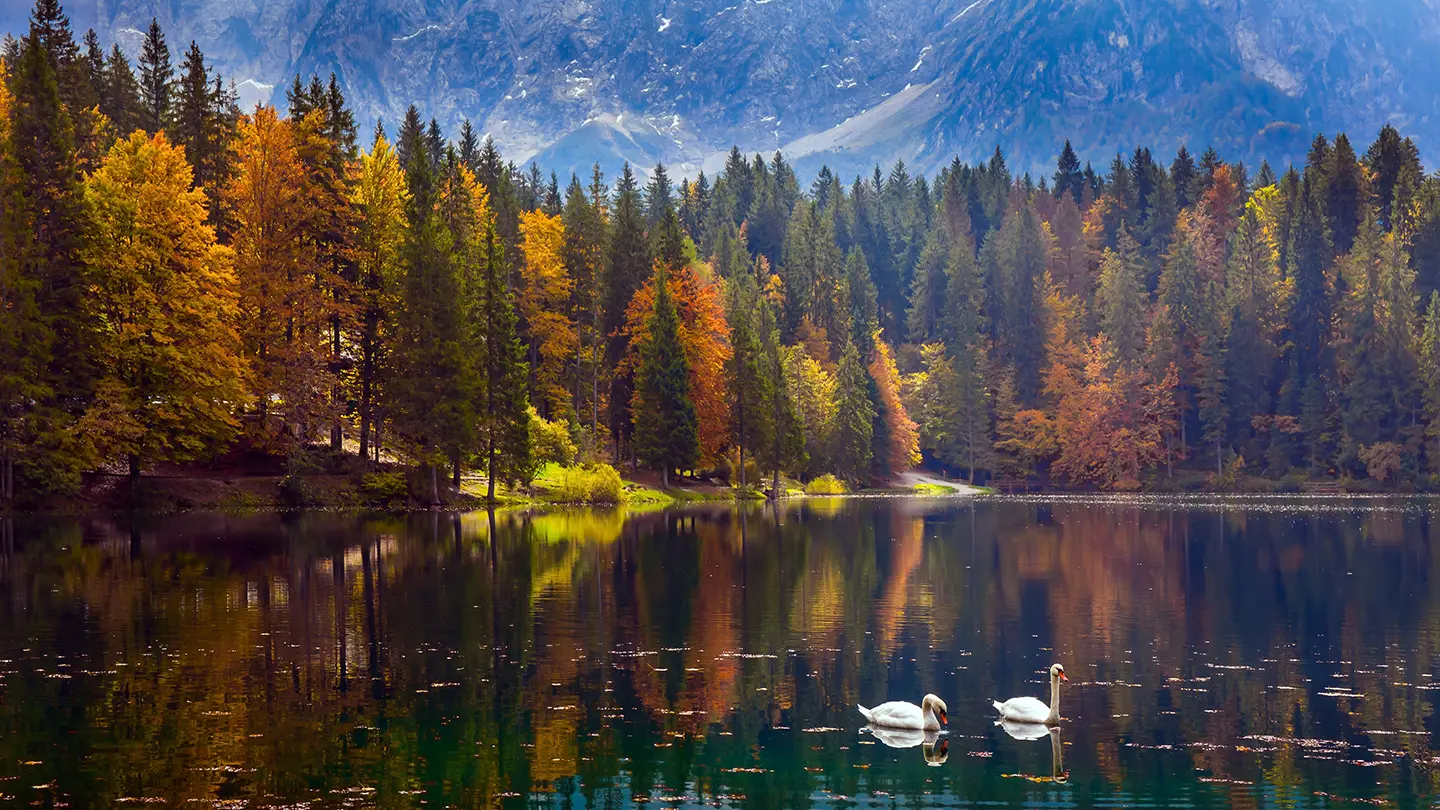
Sustainable Forestry
Sustainable forestry is more than just harvesting at sustainable rates. The Montreal Process Working Group — formed in 1994 to develop and implement internationally agreed-upon criteria and indicators for the conservation and sustainable management of temperate and boreal forests — defines the term as “a dynamic and evolving concept, intended to maintain and enhance the economic, social and environmental value of all types of forests, for the benefit of present and future generations.”[33] Put plainly: It’s ensuring we have a long-term plan to keep our forests healthy while recognizing and realizing the economic and environmental value of the world’s most renewable resource. And Canada is a leader in doing both.[19] In Canada we harvest less than 1% of forests designated for harvesting per year while replanting between 400 and 600 million seedlings annually, all while promoting the wildlife habitats, biodiversity and water protection that will help keep our forests as forests forever.[5][6] These practices not only help our forests retain their carbon-capture potential but, in providing environmentally friendly alternatives to the products and resources Canadians use every day, sustainably-sourced wood products have the potential to address one of the most significant social and economic challenges of our time: climate change.[18]
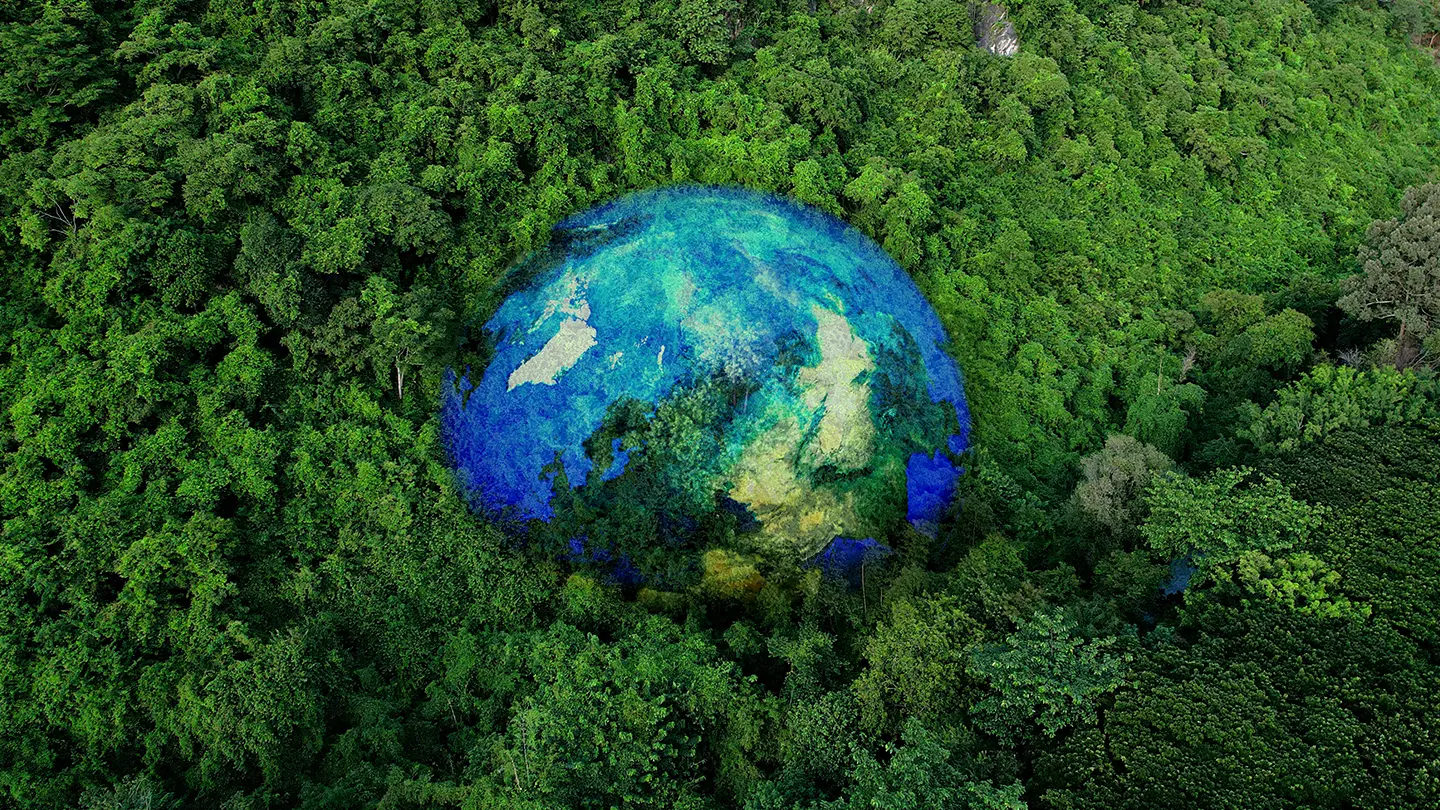
Renewable & Responsible
Canada is recognized as a leader in sustainable management of our forests. Not only do we have some of the strictest provincial and federal regulatory frameworks in the world but Canadian foresters operating on public land (where 90% of Canada’s forests are located) must submit a comprehensive forest management plans for approval by provincial governments before a single tree is harvested.[2][20] We harvest less than 1% of forests designated for harvesting per year, replant between 400 and 600 million seedlings annually, and are working with nature to help our forests adapt to changing climate conditions.[5][9] What’s more, Canada leads the world in forest certification, managing 36% of the world’s certified forests, more than twice the area certified in any other country.[4] These voluntary certifications include commitments to reforestation, promoting wildlife habitats, biodiversity and water protection.
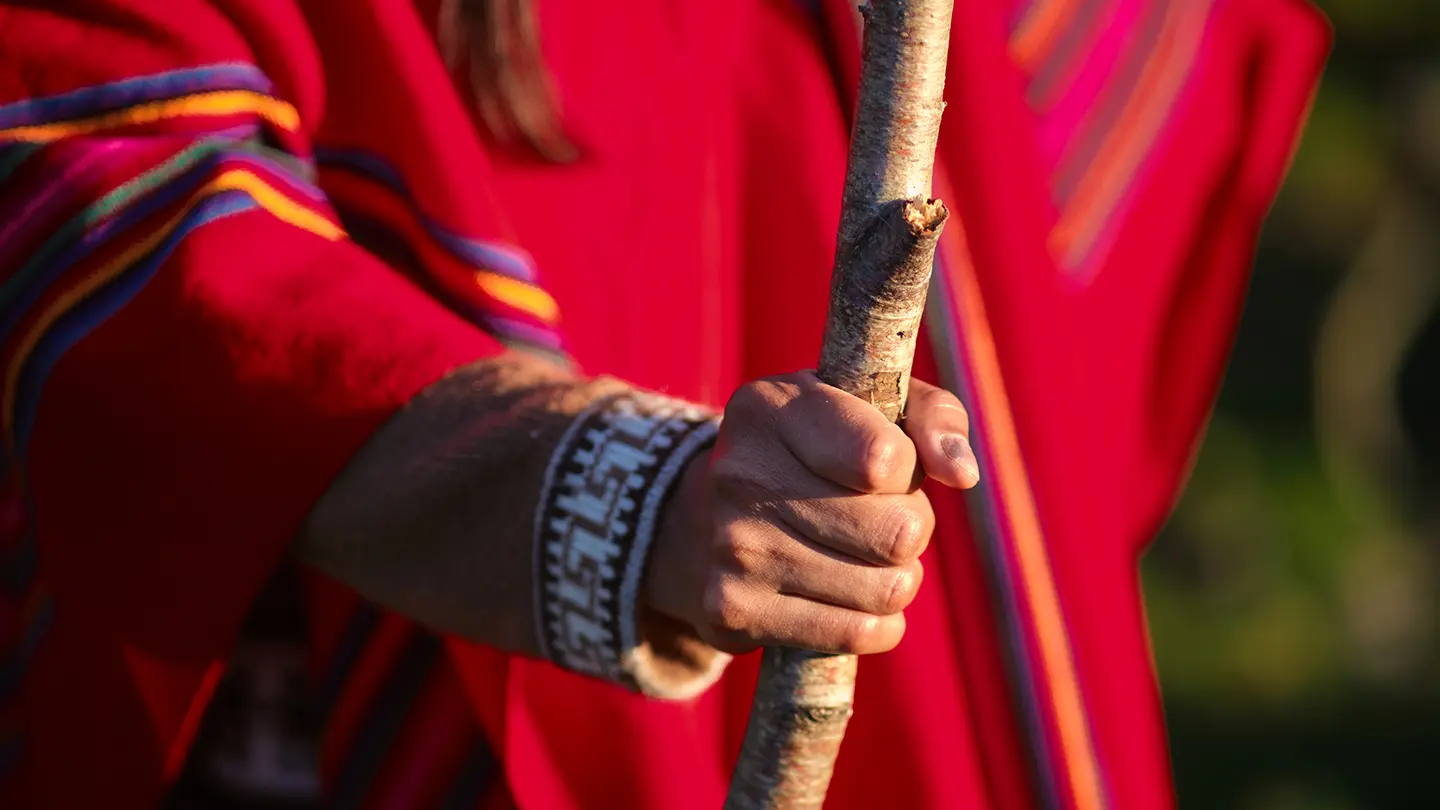
Indigenous Partnerships
The forest sector recognizes the unique and vital role Indigenous stewardship plays in managing Canada’s forests, and the importance forests have to the cultural, economic and spiritual relationships Indigenous peoples hold with the land. Many First Nations and Métis communities hold generations of knowledge about the land and forests, giving them a deep understanding of how the forest evolves and how they can be managed in a way that is both environmentally and economically sustainable. The sector continues to create long-lasting relationships with Indigenous peoples and understands the need to increase the pace of economic reconciliation by developing and facilitating substantive opportunities and a “seat” at the economic table for businesses and careers; by increasing the representation of Indigenous peoples in the forest sector with better human resource tools for recruiting, developing and retaining Indigenous talent; by demonstrating leadership and helping influence other decision-makers to widen the scope for participation in the sector and; by providing inclusive education for management and staff on the history of Indigenous peoples, including the history and legacy of residential schools. The sector also supports jobs in more than 400 Indigenous communities, employing 11,600 Indigenous workers. There are about 1,400 Indigenous-owned businesses included in Canada’s forest sector that typically employ between 10 and 30 people with revenues of more than $1 million a year. Expanding these opportunities range from more ownership of traditional infrastructure like sawmills, to creating space in the innovative production and distribution of biofuels, to access to pools of capital for investment in Indigenous projects and businesses.
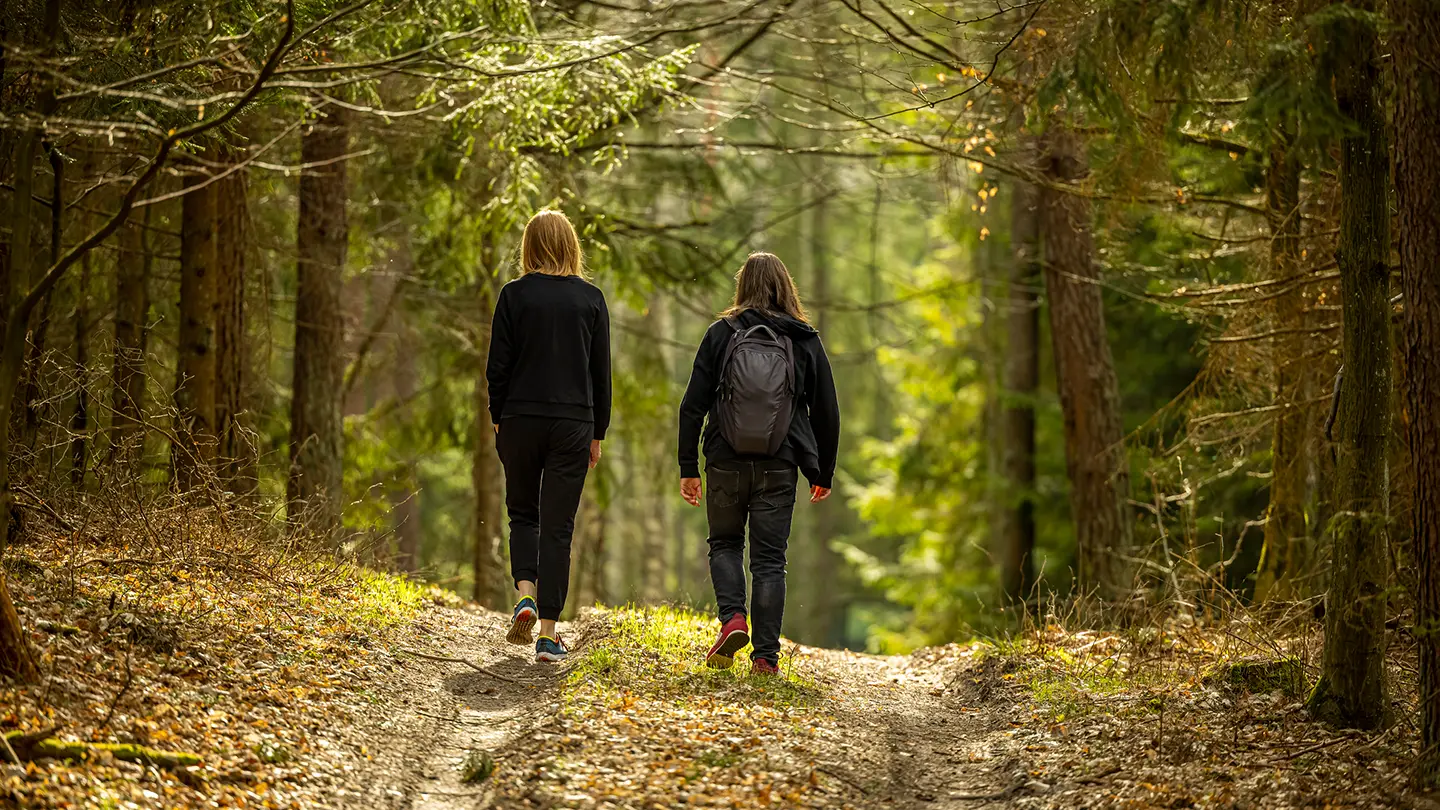
Diversity & Inclusivity
As a sector that contributes $75 billion of economic output annually, we have a responsibility not only to the hundreds of communities we operate in and the 205,000 Canadians we directly employ, but to future generations. Through programs like #TakeYourPlace, Women in Wood, the Greenest Workforce, and Free To Grow in Forestry, we are working towards building a more inclusive sector, one that supports the growth of women, Indigenous peoples, new Canadians, and youth as innovators in a sector that has a key role to play in realizing the UN’s Sustainable Development Goals (SDGs) — including providing clean water, affordable and clean energy, decent work and economic growth, responsible consumption and production, and climate action.[28]
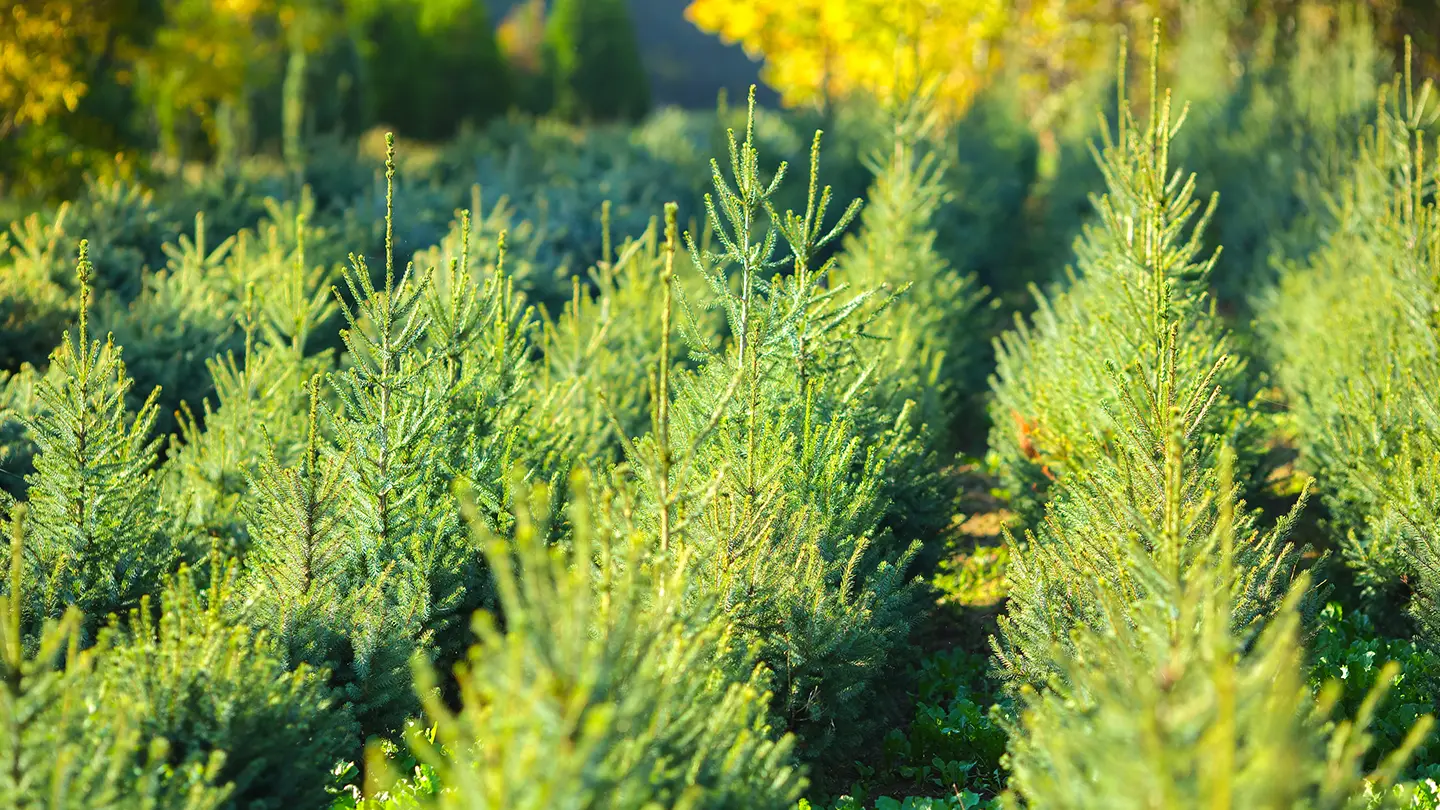
Climate Change Adaptation
While our forests have a critical role to play in our collective fight against climate change, they are also affected by it. Natural Resources Canada has said that the rate of projected climate change is expected to be 10 to 100 times faster than the ability of trees to migrate naturally in Canada.[12] Given the critical role they play as both a carbon sink and a critical driver of a greener economy, we need to be working with nature to help our forests adapt to changing climate conditions. Canada’s forest sector is doing just that. Our certified professional foresters develop comprehensive forest management plans, guided by world-leading sustainable practices, and approved by provincial governments before a single tree is harvested.[20] These plans not only consider what was there before, and what species of trees native to a particular area will keep our forests healthy and thriving long-term, but how we can regenerate harvested areas with trees that are better adapted to warming temperatures and future climate conditions, protecting our forests against fire, pests and disease.[35] And because Canada leads the world in sustainable forest certification standards, Canadians can be assured that this adaptation includes commitments to reforestation, promoting wildlife habitats, maintaining biodiversity and the water & soil protection that will help keep our forests as forests forever.[19]
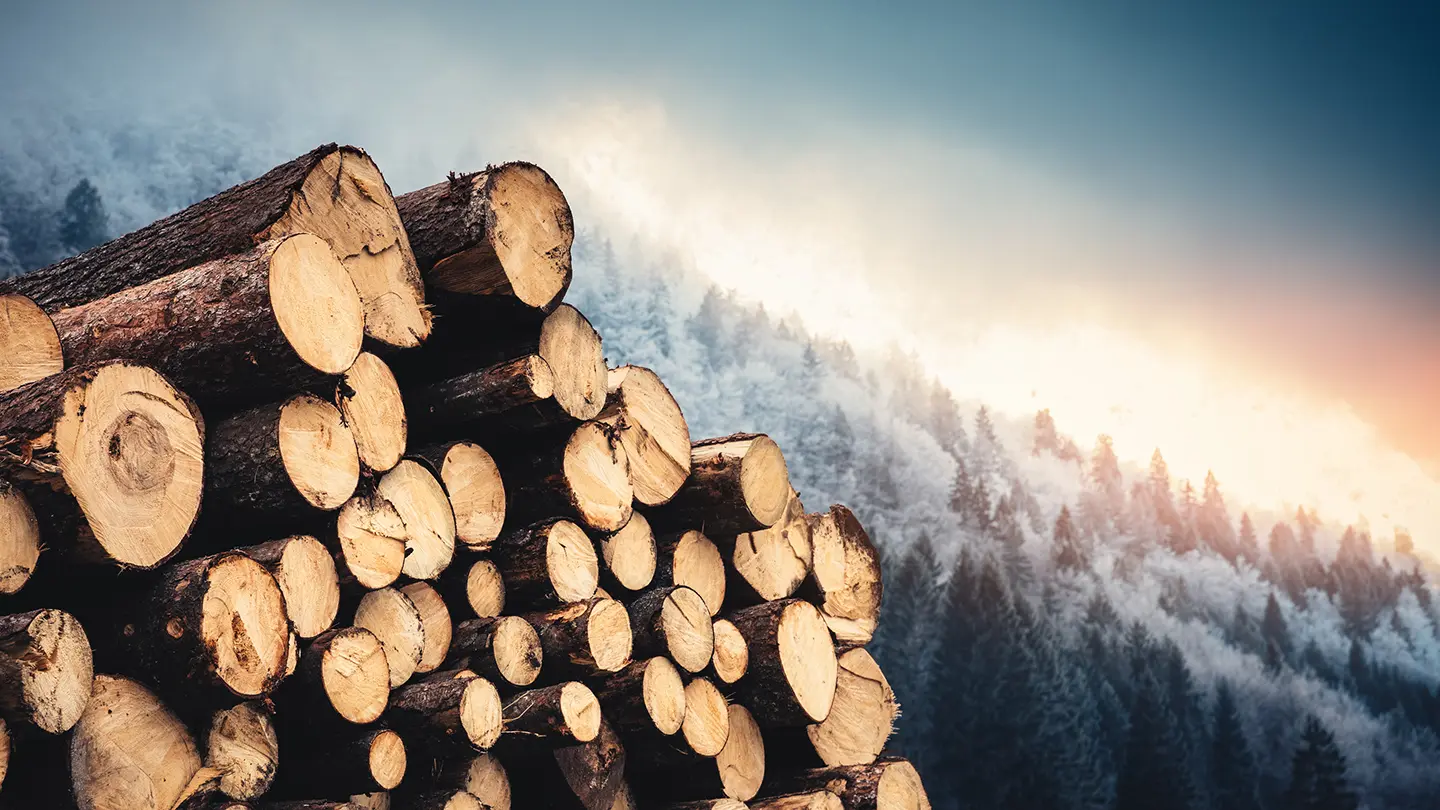
Laws & Regulations
Canada is a leader in how we sustainably manage our forests and has some of the strictest provincial and federal regulatory frameworks in the world.[2] Before a single tree is harvested, Canadian foresters operating on public land (where 90% of Canada’s forests are located) engage in community consultation with Indigenous partners, community representatives, and environmental groups. They also submit a comprehensive forest management plan for approval by provincial governments before a single tree is harvested.[20]
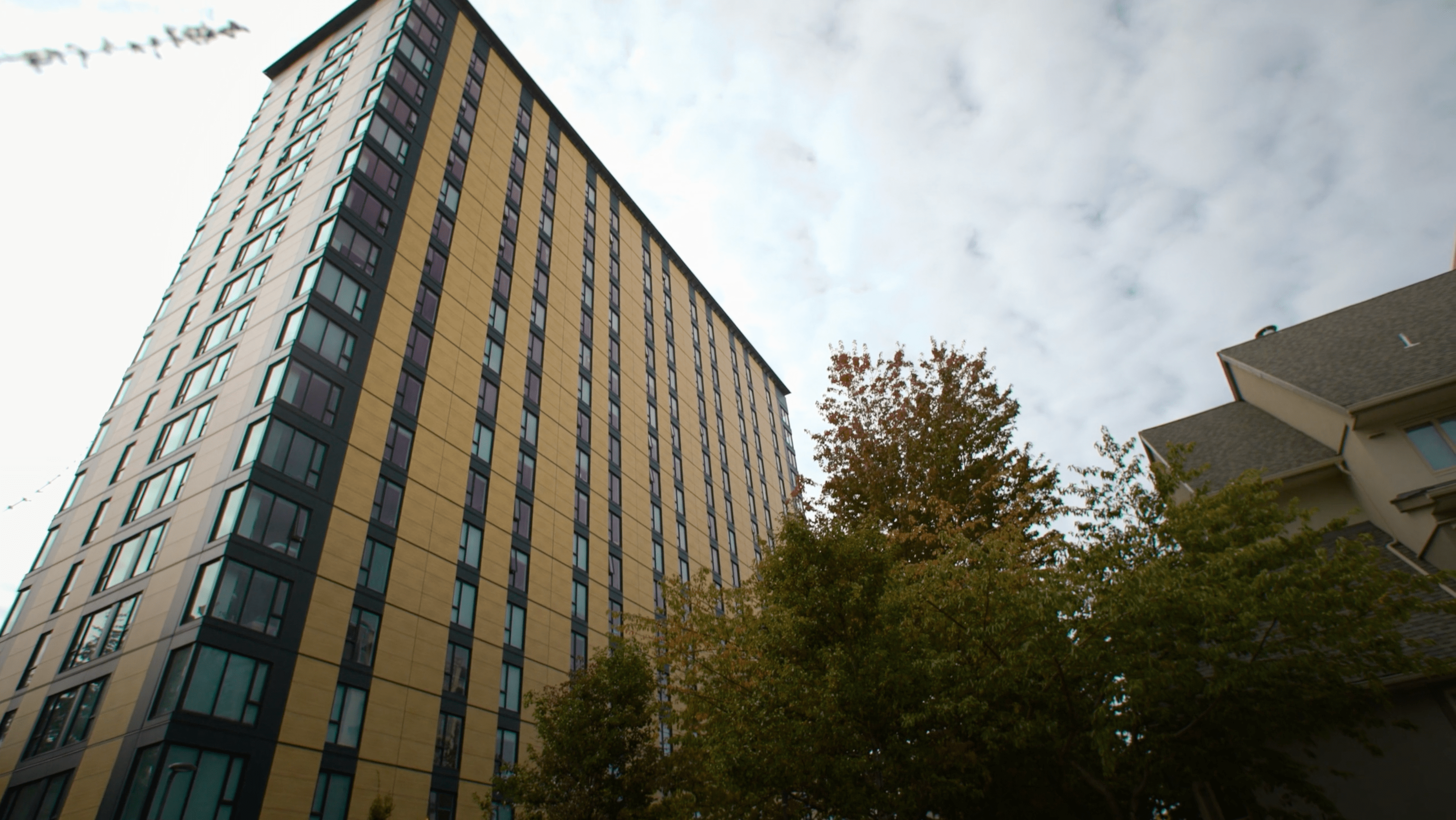
Mass Timber Construction
CanaWhile wood has long been used as a construction material, the benefits of using wood as the primary material in the construction of certain types of buildings is increasingly being recognized as a more sustainable building option. Because carbon stays locked in wood products such as lumber, wood frame buildings continue to serve as carbon stores long after the wood used in their construction has left the forest.[26][27] What’s more, mass timber construction can reduce carbon pollution during construction by up to 45%. And mass timber buildings also require less energy to heat and cool long-term. By building our schools, hospitals, seniors’ residences, and city centres with wood, we can bring some of the carbon captured in our forests to our cities, helping to create the carbon storage we need in the communities where we live.
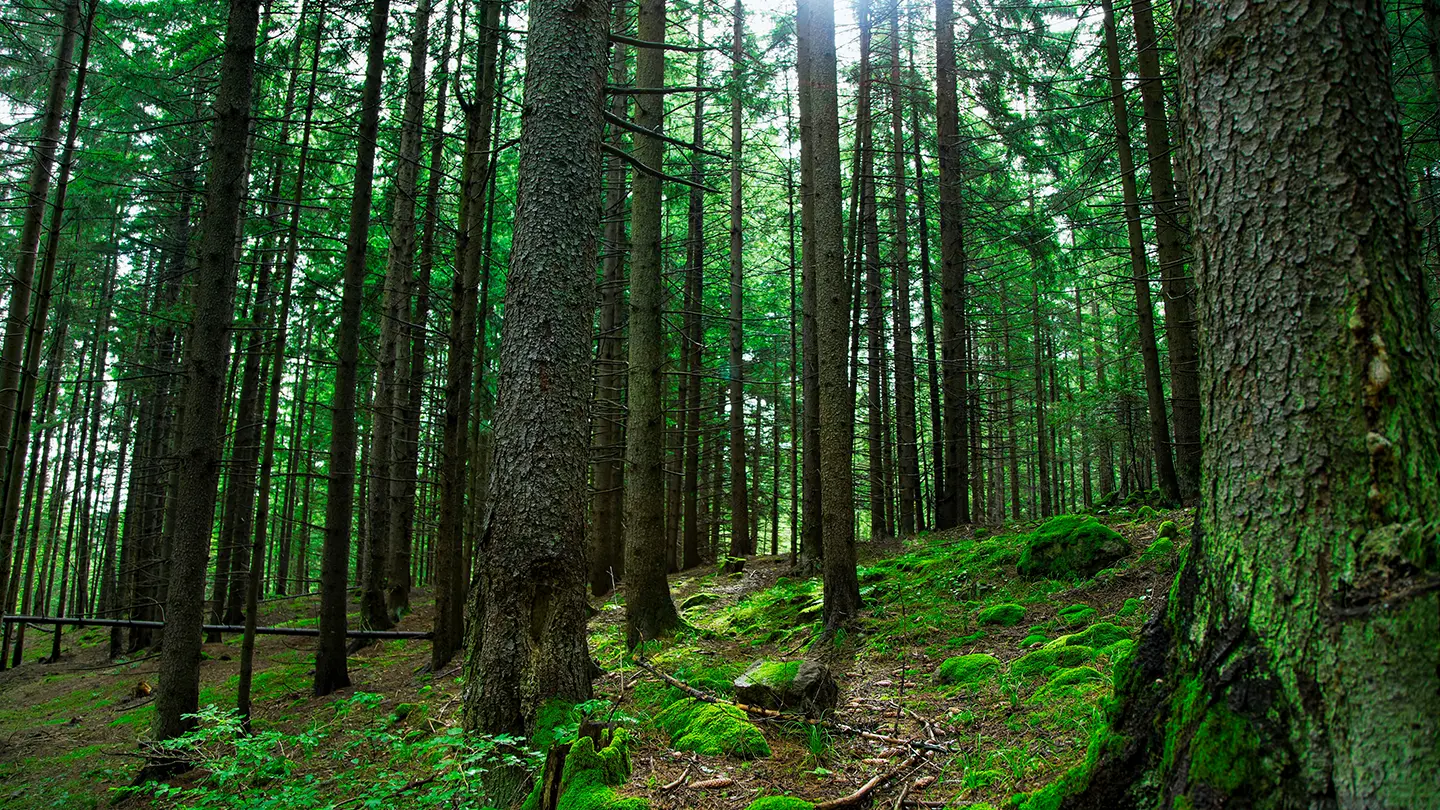
Canada’s Carbon Sink
Canada is home to some of the world's largest and most diverse forests, covering over 361 million hectares of land or about 9% of the world's total forested area.[30] These forests can serve as a critical carbon sinking our collective fight against climate change. But how we manage them matters. As trees age they become susceptible to natural disturbances such as fire, pest outbreaks and disease that can release CO2 and other GHGs back into the atmosphere. Though these disturbances are normal in the forest, they are becoming more frequent and severe as a result of climate change, turning our forests from climate change assets into liabilities.[10][11] When we manage our forests through carefully planned harvesting and replanting, we remove the decay and debris that accelerates these natural disturbances and strengthen our forests capacity to store carbon for another generation.[11] Learn more about the sustainable practices that help our forests adapt to a changing climate and how we’re working with nature to maximize their potential.
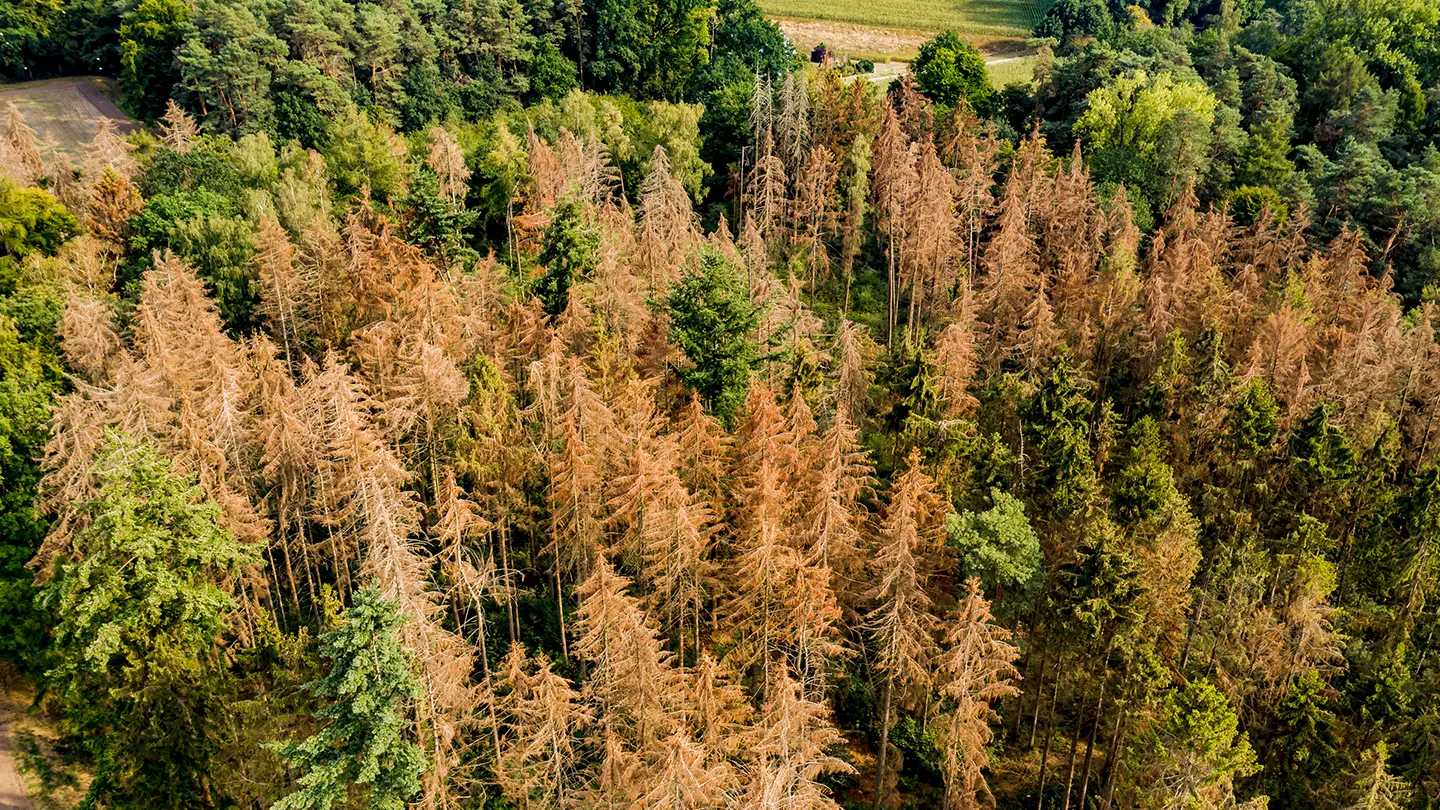
Pests, Drought & Disease
Warming temperatures have made forests drier and more susceptible to drought and disease while milder winters have allowed invasive species like the Mountain Pine Beetle to proliferate.[11] With Natural Resources Canada saying that the rate of projected climate change is expected to be 10 to 100 times faster than the ability of trees to migrate naturally in Canada, Canada’s Registered Professional Foresters are the first line of defence against these climate emergencies, able to quickly identify and mitigate outbreaks, diseased trees and high-risk fire areas.[12] Modern forest management strategies not only prioritize these areas, removing dead or deteriorating trees to prevent further risk or ecosystem collapse, but forest management plans consider what was there before and regenerate harvested areas with trees that are better adapted to warming temperatures and future climate conditions.[35]
Learn more..
Towering trees form the backbone of forest ecosystems, sheltering countless species and regulating our planet’s climate. Their leafy crowns are more than scenic—they’re vital.
Roots That Remember
Beneath the soil lies a hidden network of roots and fungi, silently communicating and sharing nutrients. Forests are ancient storytellers, preserving the memory of the land.
Whispers in the Leaves
Every rustle carries a message—from the breeze to the birds. Forests speak in subtle rhythms, reminding us to slow down and listen to nature’s wisdom.
The Pulse of Biodiversity
Forests are home to over 80% of terrestrial species. From mosses to mammals, each life form plays a role in the symphony of survival.
Echoes of the Ancient Grove
Some trees have stood for centuries, witnessing generations pass. These ancient giants hold secrets of resilience, adaptation, and the quiet strength of time.
Seasons of the Wildwood
Forests transform with the rhythm of the seasons—bursting with life in spring, glowing in autumn, resting in winter. Each phase is a reminder of nature’s graceful cycles.
Planting Tomorrow
Every sapling planted today is a promise to the future. Reforestation not only restores landscapes—it rebuilds hope, habitat, and harmony with the Earth.
Frequently Asked Questions
Sustainable forestry is the practice of managing forests in a way that meets current needs (like wood and resources) while ensuring forests remain healthy and productive for future generations.
Tree planting improves air quality, reduces carbon dioxide, prevents soil erosion, provides wildlife habitats, and contributes to a healthier, greener planet.
Yes. Administrations are accessible for as meager as a couple of hours a visit up to 24 hours, 7 days seven days, 365 days a year.
Green Plants Activity
OUR EXPERT
Our expert team brings knowledge, skill, and passion to every task, ensuring your forest and landscape needs are handled with care.

Lara Lee
- Senior Worker
Lara Lee has years of experience in tree planting and sapling care. He ensures every tree is planted with precision and nurtured for long-term growth.

Ana Smith
- Senior Worker
Ana transforms outdoor spaces into green landscapes. With a creative eye and sustainable approach, she designs environments that balance nature.

Jhon Smith
- Senior Worker
Jhon Smith focuses on forest health and protection. From pest control to maintenance, he ensures our green spaces remain strong and sustainable.
Copyright© Green Plants. aurora timbers All right reserved.







